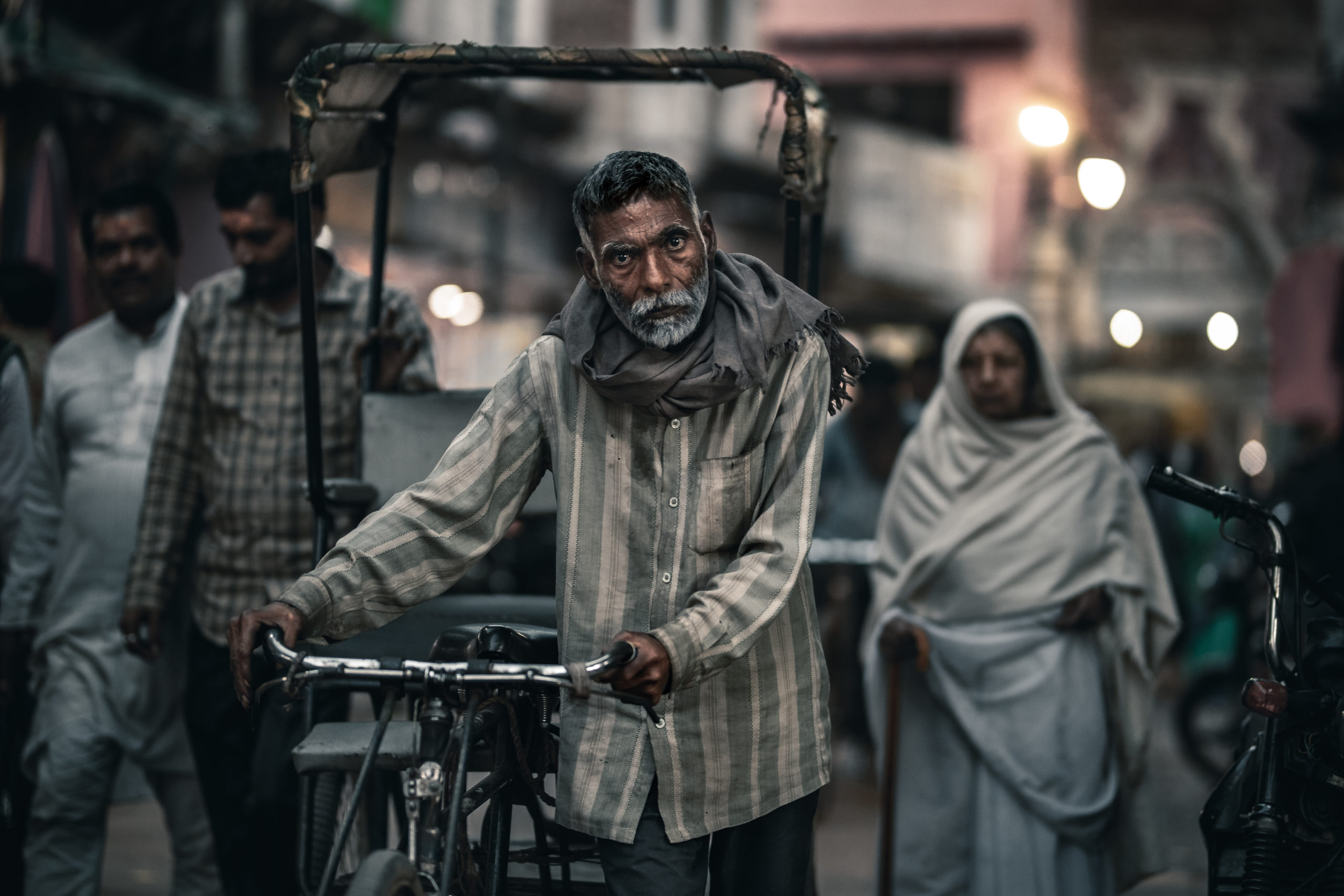Unknown Facts About Street Photographers
Table of ContentsStreet Photographers Can Be Fun For EveryoneSome Known Facts About Street Photographers.How Street Photographers can Save You Time, Stress, and Money.The Ultimate Guide To Street PhotographersSome Ideas on Street Photographers You Need To Know
A category of digital photography that records daily life in a public location. The very publicness of the setting makes it possible for the professional photographer to take candid photos of unfamiliar people, frequently without their understanding. Street photographers do not always have a social purpose in mind, yet they favor to isolate and capture moments which might or else go unnoticed (Street Photographers).Though he was affected by many of those who influenced the street digital photographers of the 1950s and '60s, he was not chiefly thinking about capturing the spirit of the road. The impulse to visually record individuals in public began with 19th-century painters such as Edgar Degas, douard Manet, and Henri de Toulouse-Lautrec, that worked side by side with digital photographers attempting to record the essence of city life.
As a result of the relatively primitive modern technology available to him and the lengthy exposure time needed, he battled to capture the stress of the Paris streets. He trying out a collection of photo methods, trying to find one that would allow him to catch movement without a blur, and he found some success with the calotype, patented in 1841 by William Henry Fox Talbot. Unlike Atget, photographer Charles Marville was worked with by the city of Paris to create an encyclopaedic document of Haussmann's city preparation job as it unravelled, hence old and brand-new Paris. While the professional photographers' topic was basically the same, the results were noticeably different, showing the influence of the photographer's intent on the personality of the photos he generated.
Given the great top quality of his photographs and the breadth of material, architects and musicians typically acquired Atget's prints to make use of as recommendation for their own job, though business interests were rarely his major inspiration. Instead, he was driven to photograph every last residue of the Paris he enjoyed. The mingled passion and urgency of his mission sparkle through, leading to photographs that narrate his very own experience of the city, top qualities that expected road digital photography of the 20th century.
An Unbiased View of Street Photographers
They disclose the city via his eyes. His job and fundamental understanding of photography as an art kind acted as motivation to generations of professional photographers that followed. The following generation of street photographers, though they likely did not describe themselves therefore, was ushered in by the published here photojournalism of Hungarian-born professional photographer Andr Kertsz.
Unlike his peers, Brassa utilized a larger-format Voigtlnder video camera with a much longer exposure time, forcing him to be a lot more calculated and thoughtful in his practice than he may have been if using a Leica. (It is assumed that he may not have had the ability to pay for a Leica at that time, but he did, however, utilize one Related Site in the late 1950s to take colour photographs.) Brassa's photos of the Paris underworld illuminated by man-made light were a revelation, and the collection of the collection that he released, (1933 ), was a significant success.
Cartier-Bresson was a champ of the Leica camera and one of the initial professional photographers to optimize its capacities. The Leica enabled the photographer to interact with the surroundings and to catch minutes as they happened. Its fairly little dimension additionally helped the professional photographer discolor right into the history, which was Cartier-Bresson's preferred method.
A Biased View of Street Photographers
It is because of this essential understanding of the art of image taking that he is usually attributed with rediscovering the medium around again roughly a century since its development. He took photos for even more than a half century and influenced generations of professional photographers to trust their eye and instinct in the minute.
These are the inquiries I will attempt to respond to: And after that I'll leave you with my own meaning of street digital photography. Yes, we do. Allow's begin with defining what a definition is: According to (Street Photographers) it is: "The act of defining, or of making something certain, distinct, or clear"
No, definitely not. The term is both restricting and misguiding. Seems like a street digital photography must be images of a roads ideal?! And all street photographers, with the exception of a handful of absolute beginners, will totally appreciate that a road is not the crucial element to road photography, and really if it's an image of a street with perhaps a few dull people not doing anything of rate of interest, that's not street digital photography that's a picture of a street.
Top Guidelines Of Street Photographers
He makes a valid point don't you believe? While I concur with him I'm not certain "candid public digital photography" will certainly capture on (although I do kind of like the term "honest photography") due to the fact that "road photography" has been around for a long time, with several masters' names connected to it, so I think the term is here to remain (Street Photographers).
You can fire at the coastline, at an event, in a street, in a park, in a piazza, in a cafe, at a gallery or art gallery, in a city terminal, at an event, on a bridge, under a bridge ...
Yes, I'm afraid we resource terrified no choice! Without regulations we can not have a definition, and without a definition we do not have a category, and without a category we do not have anything to specify what we do, and so we are stuck in a "policies interpretation genre" loop!
Some Known Details About Street Photographers
